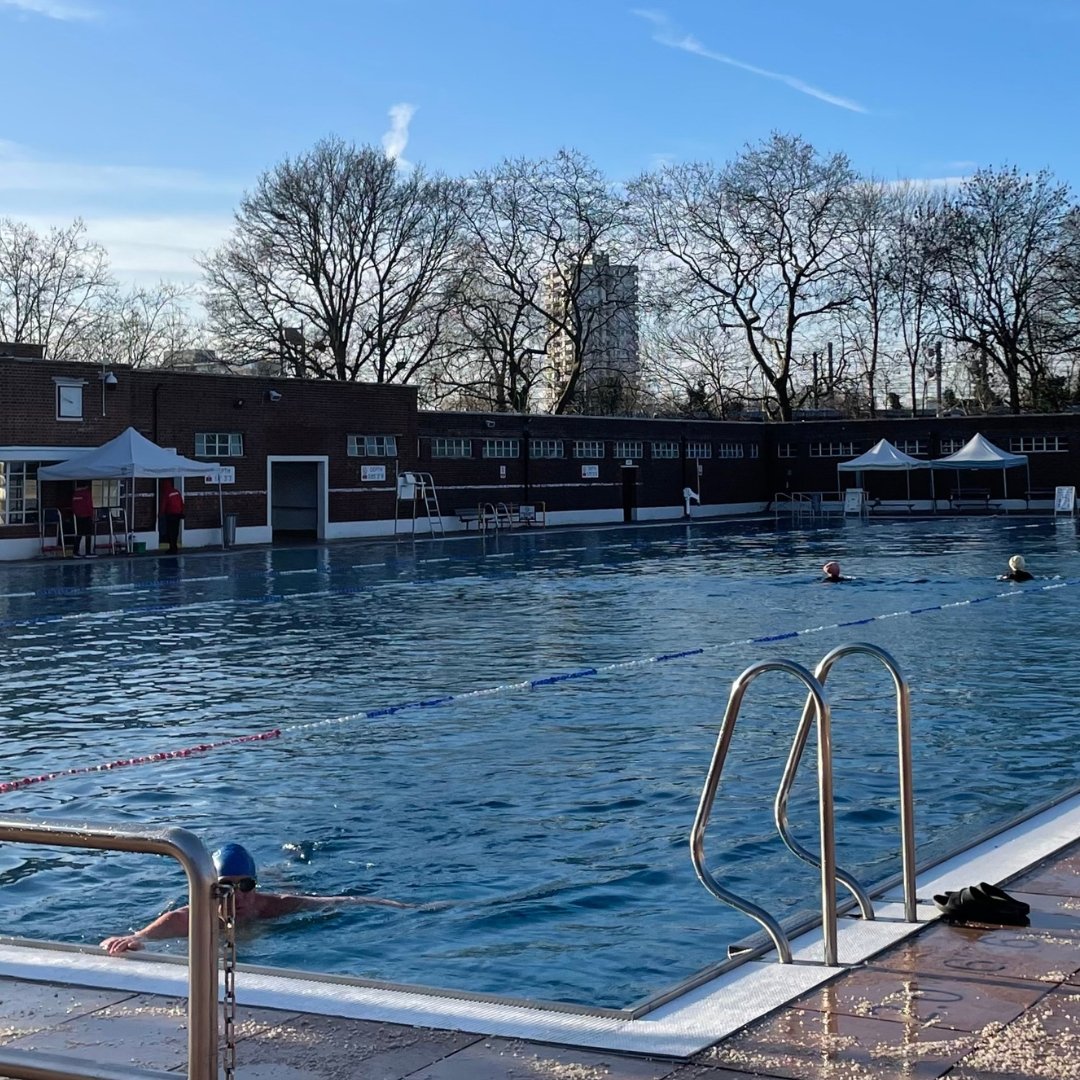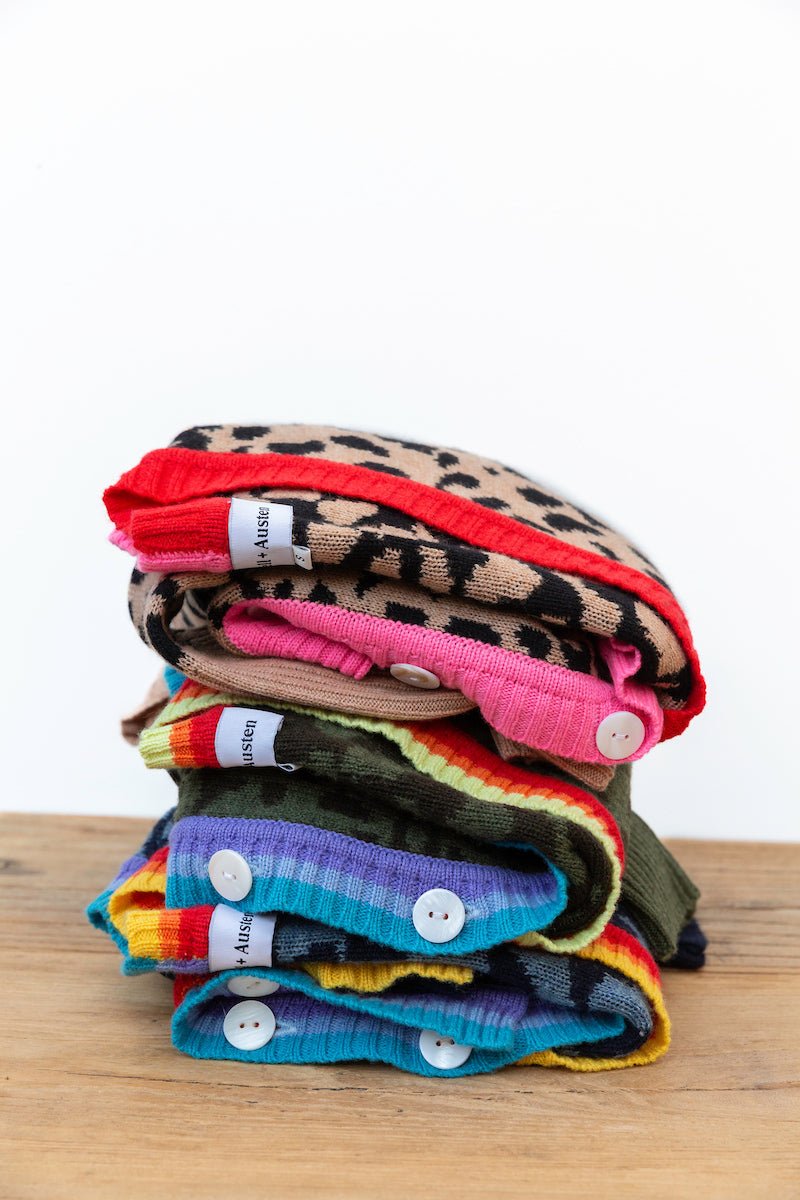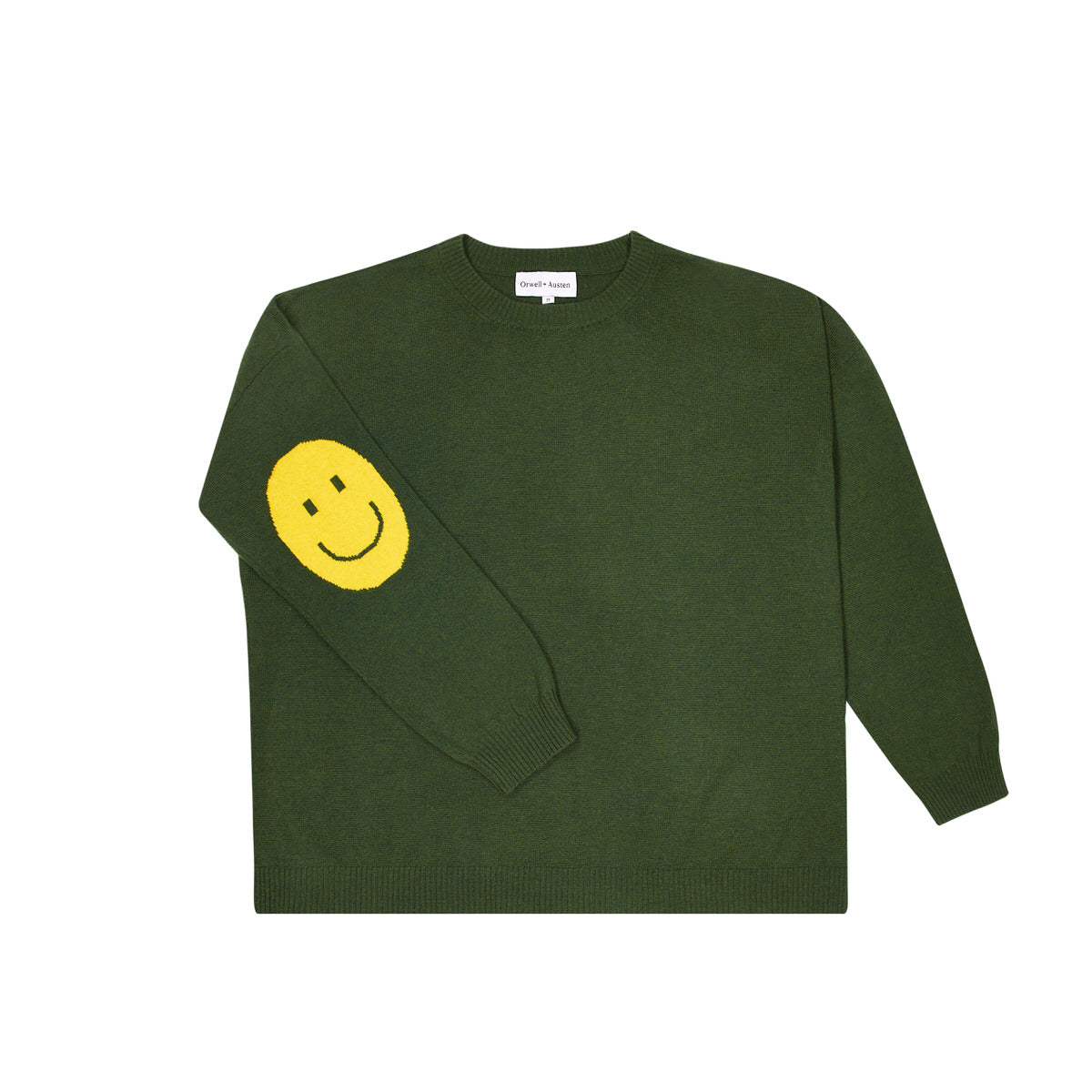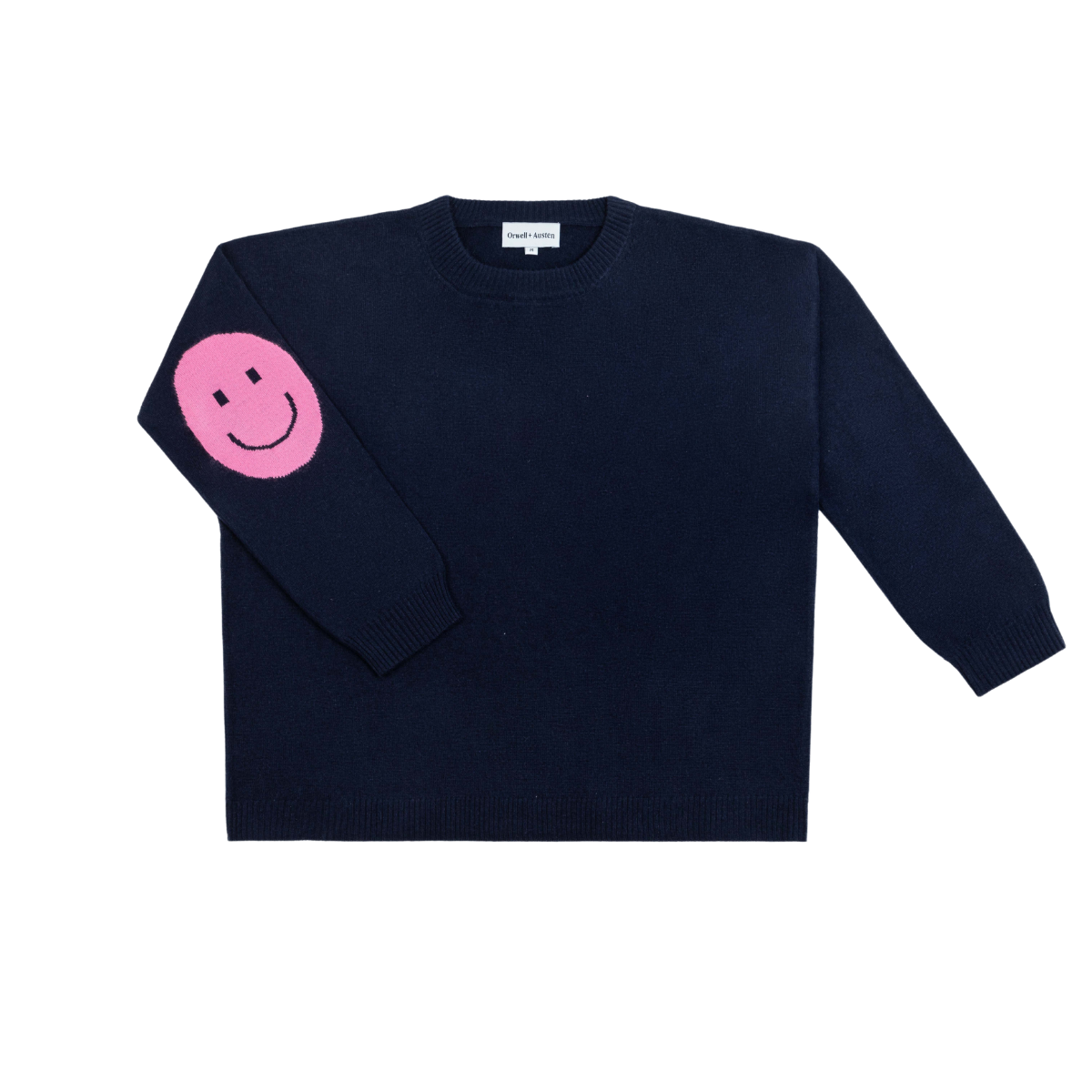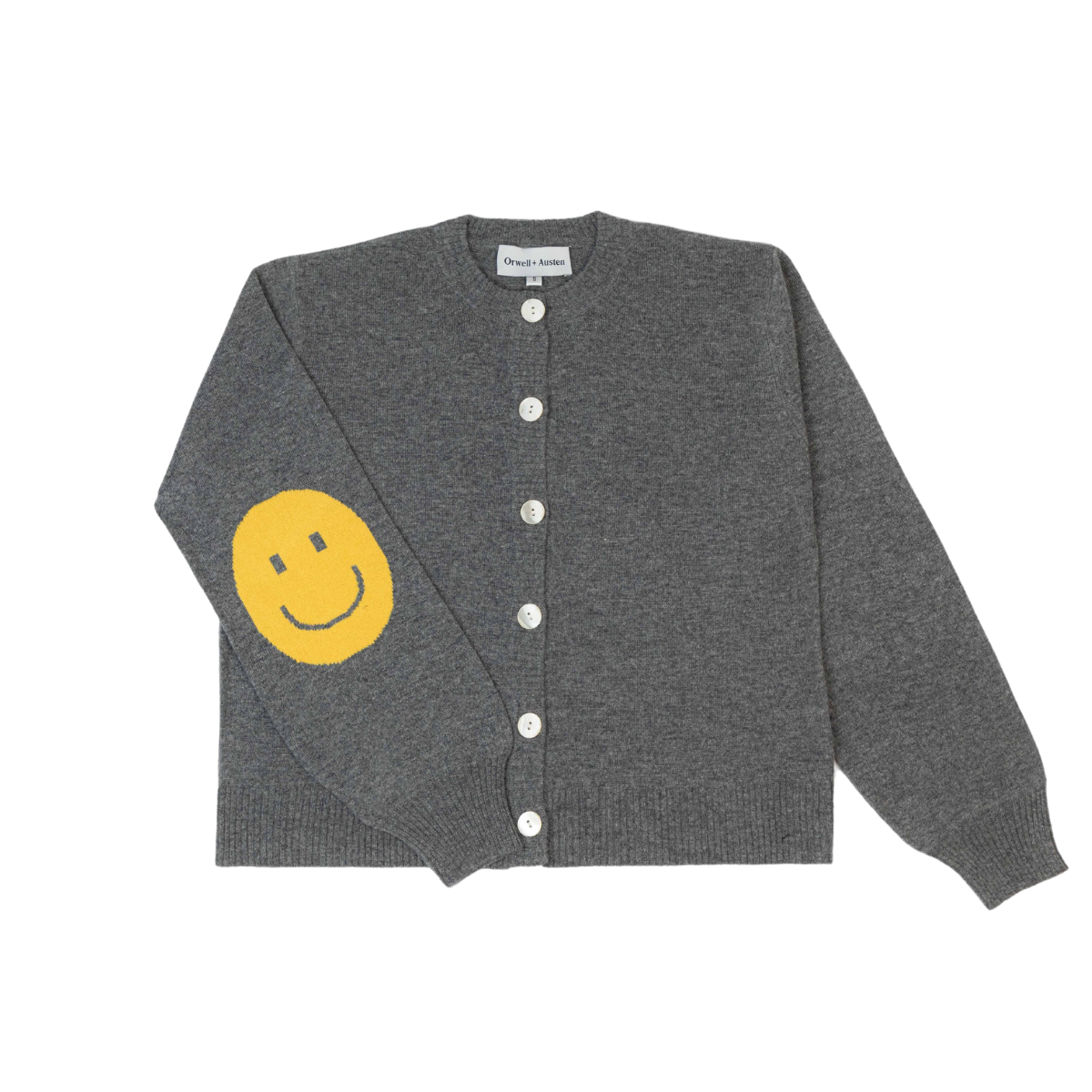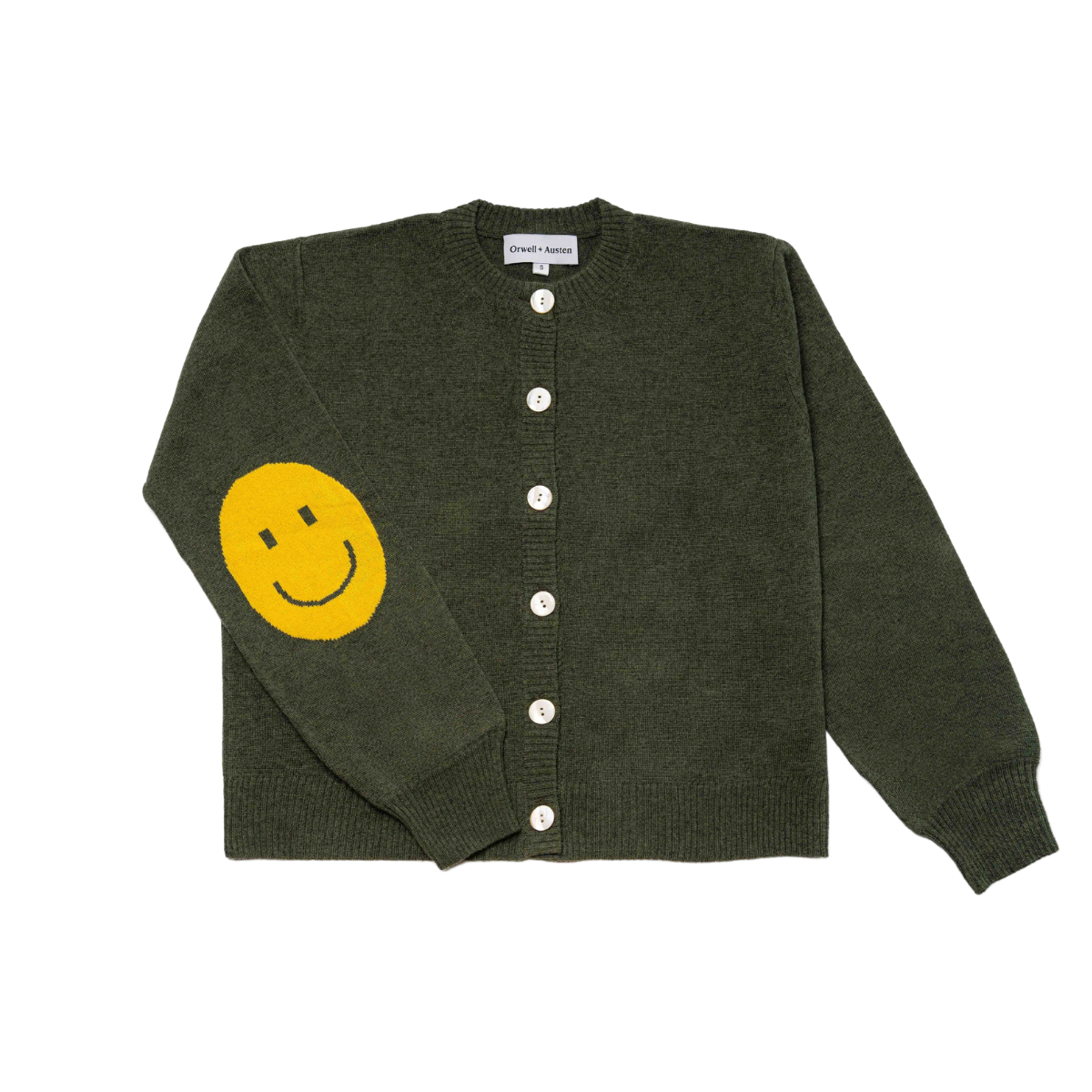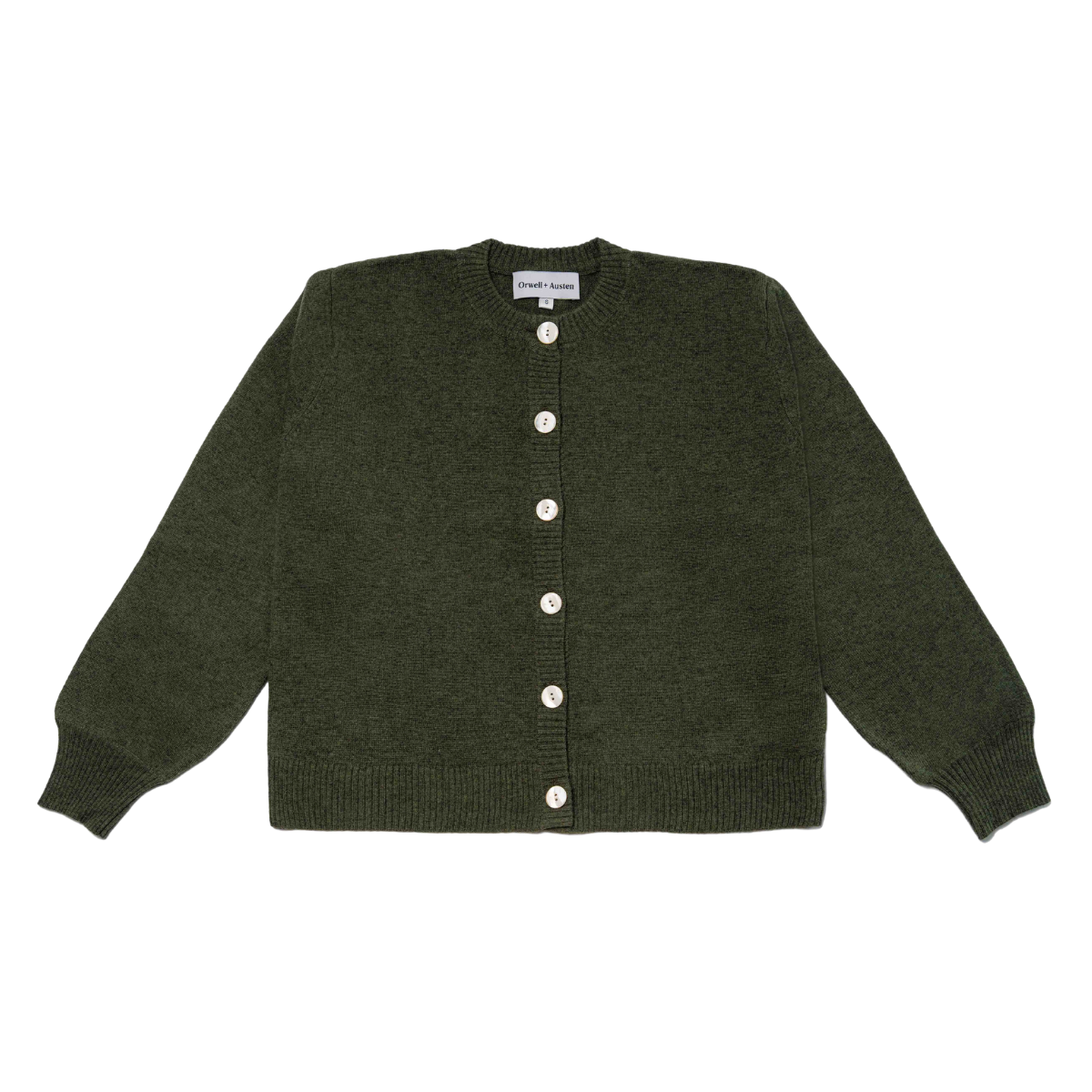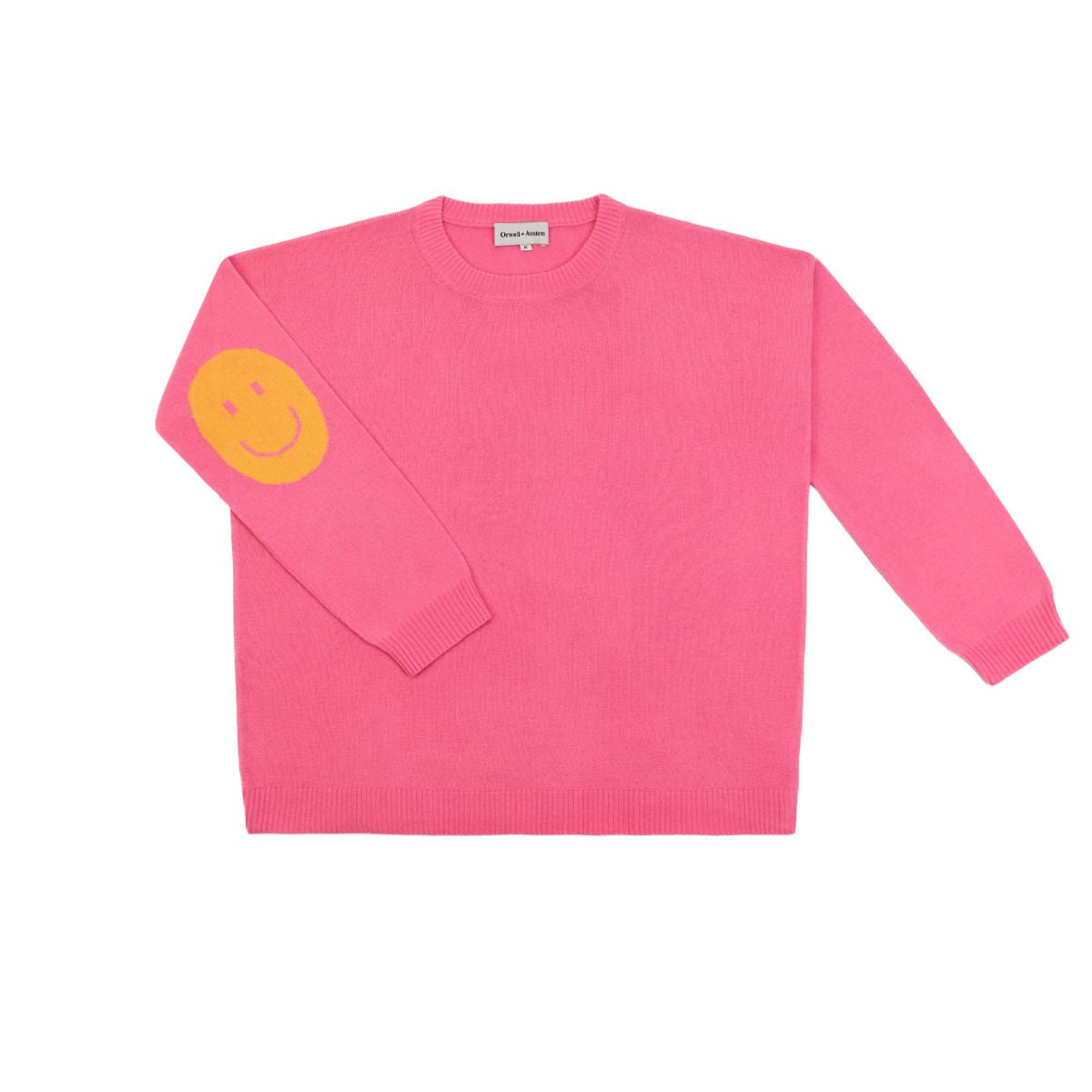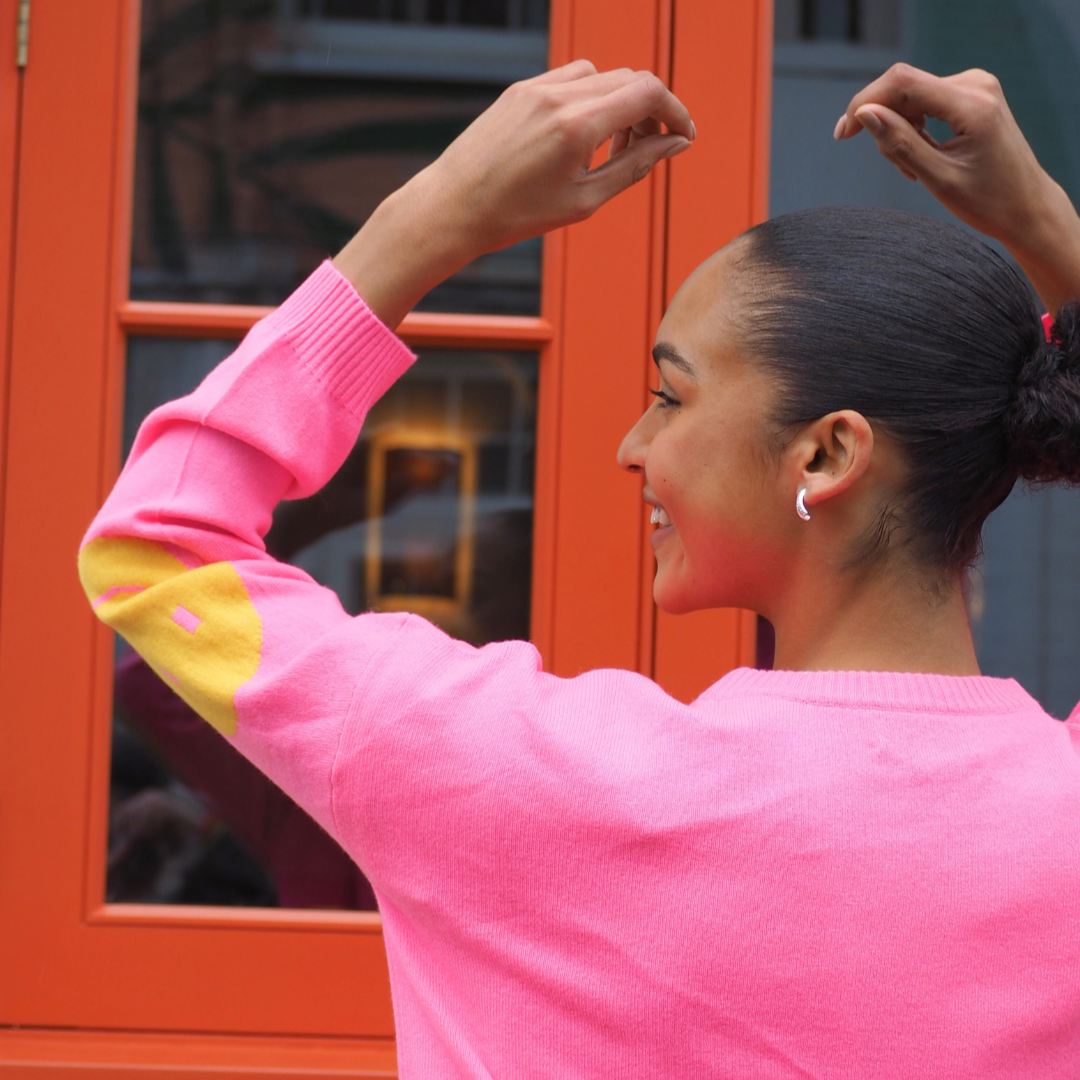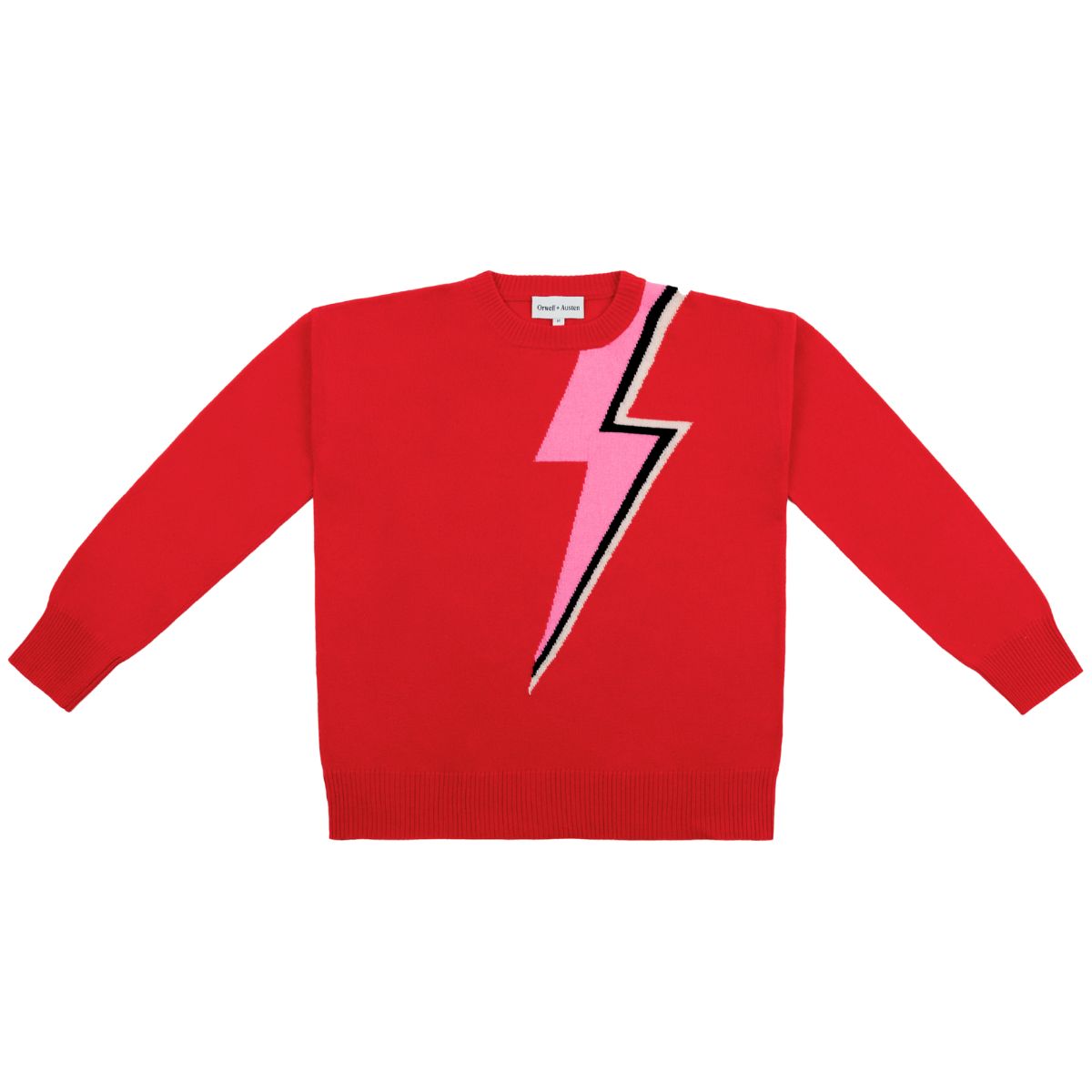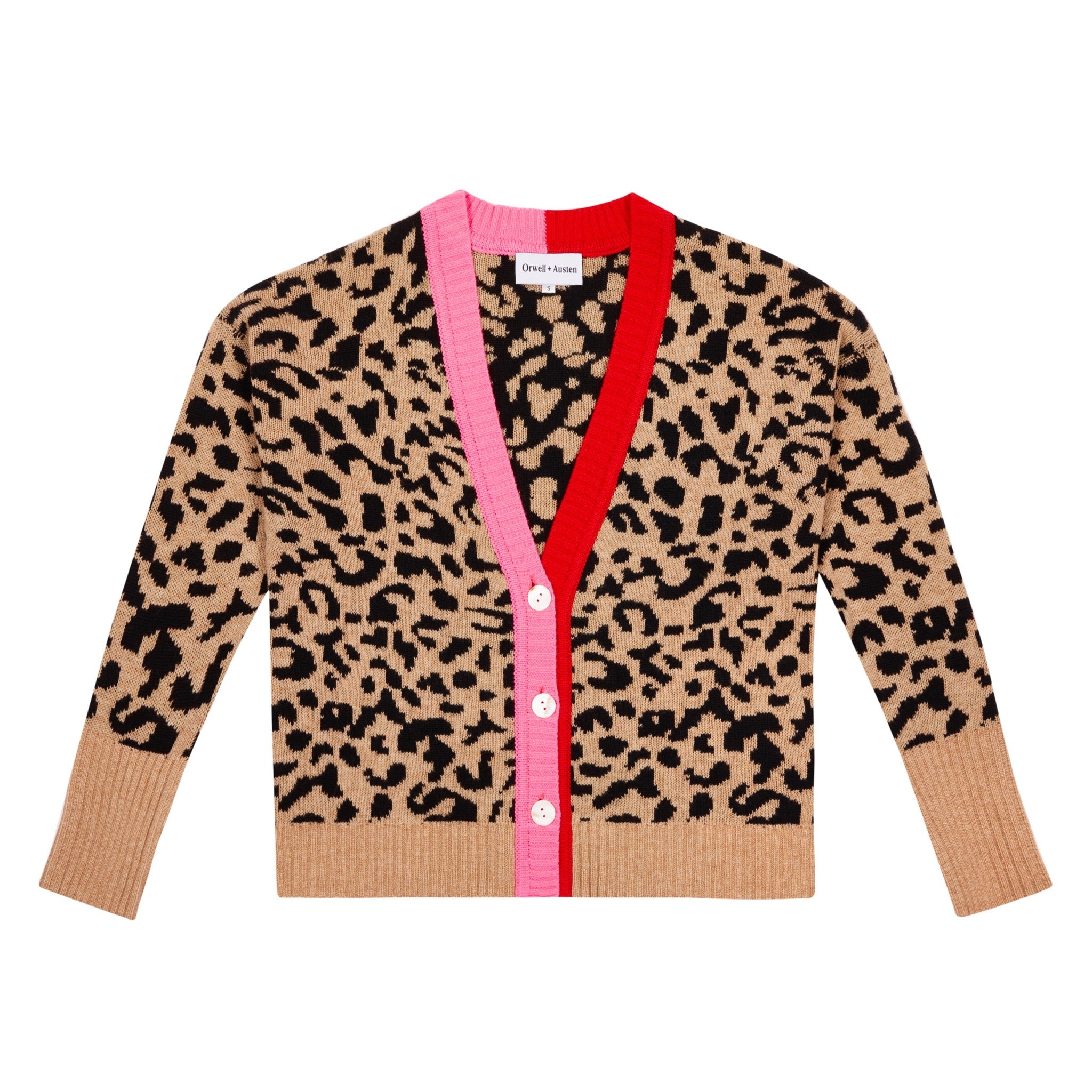Have you tried cold water swimming yet? Having started cold water swimming myself in the winter of 2022, I now completely understand why it is becoming so popular due to the health benefits for both the body and the mind!
From wild swimming in natural open water – like the Hampstead ponds in London, lakes, or the sea - to taking a dip in an outdoor (unheated!) pool or lido, cold water swimming is a unique and invigorating experience, and provides a terrific dopamine boost in the cold, dark winter months.
What are the benefits of cold water swimming?
Cold water swimming can be a great way to improve your physical and mental health. It can help strengthen your immune system, reduce stress, and improve your cardiovascular fitness. Swimming in cold water can also help you burn calories and lose weight. Additionally, cold water swimming can help improve your circulation, reduce inflammation, and improve your overall mood. It's also a a great way to connect with nature and enjoy the outdoors.
Are there any risks associated with cold water swimming?
Yes, there are some risks associated with cold water swimming. It is important to be aware of the dangers of cold water shock, hypothermia, and even drowning. Cold water shock occurs when your body is suddenly exposed to cold water, causing a sudden increase in your heart rate and breathing rate. Hypothermia is a dangerous condition that occurs when your body temperature drops below normal levels. Finally, it is important to be aware of the risk of drowning, as cold water can make it difficult to swim and stay afloat. It is important to take precautions when swimming in cold water. If you are new to it, I suggest going with a group of more experienced swimmers, going to a lifeguarded pool, lido or pond, and always make sure you are wearing appropriate clothing - both in and out of the water! Please also consult your Doctor before starting if you have any underlying issues or safety concerns.
What is the best way to acclimatise to cold water swimming?
The best way to acclimatise to cold water swimming is to start slow and gradually increase the time you spend in the water. Start by taking short swims in cold water and gradually increase the duration of your swims over time. It's also important to make sure you're wearing the right gear to keep you warm and comfortable. Finally, make sure you warm up before and after your swims to help your body adjust to the cold water.
How long can I stay in cold water before it becomes dangerous?
It depends on a few factors, such as your age, health, and the temperature of the water. Generally speaking, it is not safe to stay in very cold water for more than 10 minutes, but if you are completely new to cold water swimming and starting in the winter just getting in the water for a minute is a great starting point! It's always best to err on the side of caution and start with very short swims or even dips, and build up gradually.
What type of clothing should I wear for cold water swimming?
When it comes to cold water swimming, one of the most important things is to make sure you have the right clothing. Here’s my essential guide and tips to what to wear both in the water and to wrap up in as soon as you get out!
What to wear in the water
When it comes to cold water swimming, the key is to stay as warm and as comfortable as possible whilst in the water. With temperatures as low as 1-2 degrees celcius in winter, this isn’t the time to be donning a bikini! One option is either a full wetsuit (which will provide insulation, but can feel a little restrictive) or a shorty suit (which will leave more freedom to move, but also expose more to the cold). Another great option is a swimsuit made from a technical fabric such as neoprene, or wearing a normal long sleeve bathing suit but also wearing neoprene gloves and boots. I always wear a beanie – like our new Smile Cashmere Blend Beanie – instead of a swim cap, as I am not quite brave enough to swim under water when the water is really cold. But if you are considering cold water immersion a swim cap and goggles are a must!
Post cold water swimming clothing
After you finish swimming in the cold water, it is essential to change into warm, dry clothes as quickly as possible to stave off the shivers and prevent hypothermia. Done safely cold water swimming is amazing for both the physical and mental health, so its important to bring lots of warm layers to change into.
I always bring the following:
- a towel robe to change under quickly;
- easy to slip on shoes like Uggs or slippers to keep your feet warm whilst changing into dry clothes;
- a cotton t-shirt or thermal vest, and a pair of loose cotton joggers;
- a Cashmere sweater to change into - I love the Half Zip cashmere blend sweaters post swim as they have a high collar, are great for layering, and are a great thickness;
- a post swim coat made from a thick insulating material which helps to wick away any moisture. One of my favourites is by a brand called Passenger, but Dry Robe also do some fun ones in vibrant colour-ways.
- a cashmere scarf for extra warmth, like our Smile Cashmere Blend Scarf
I also highly recommend a thermos with some hot tea for afterwards, and maybe a slice of cake to keep your blood sugar up!
Jess - Orwell + Austen founder, designer and everything in between!
